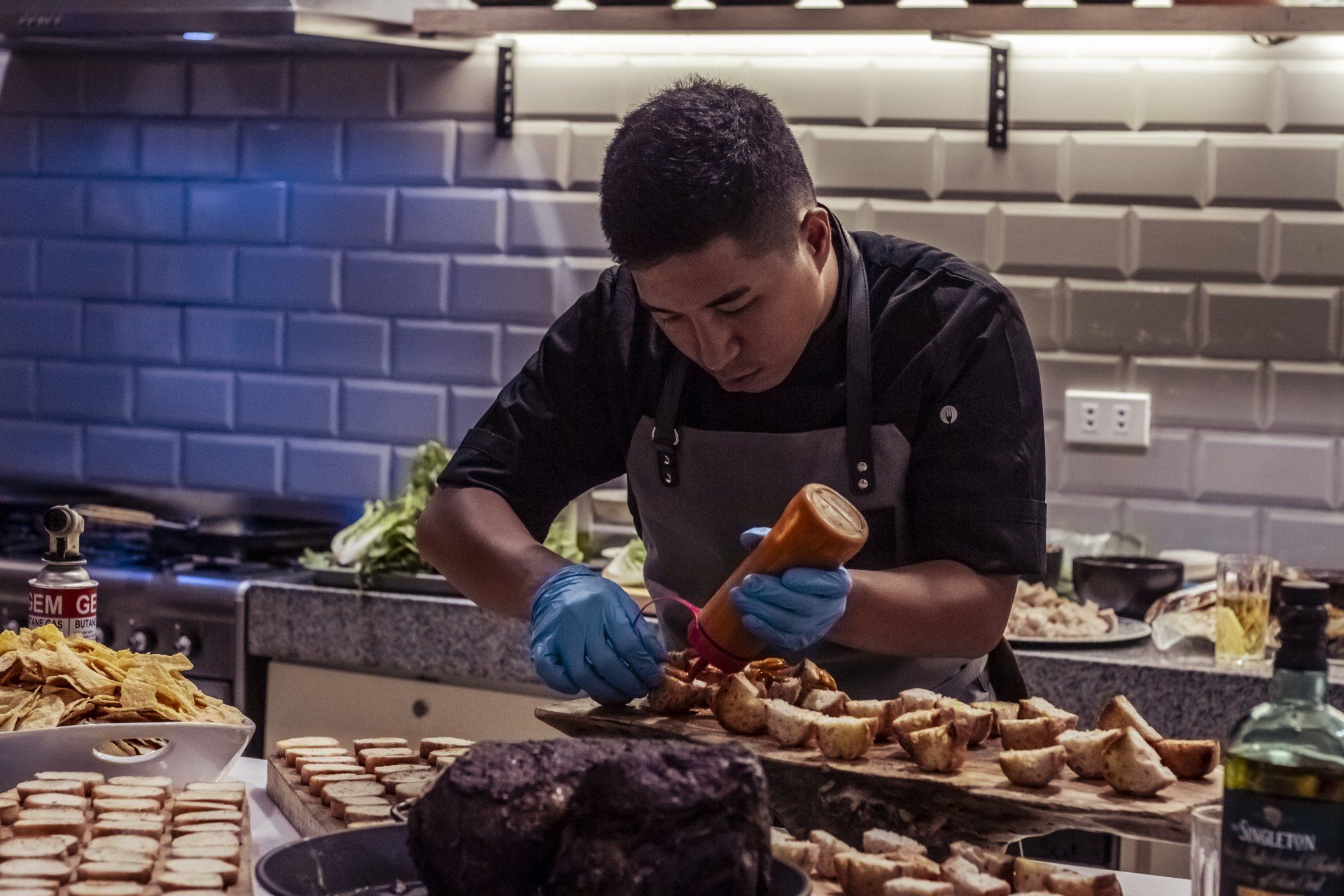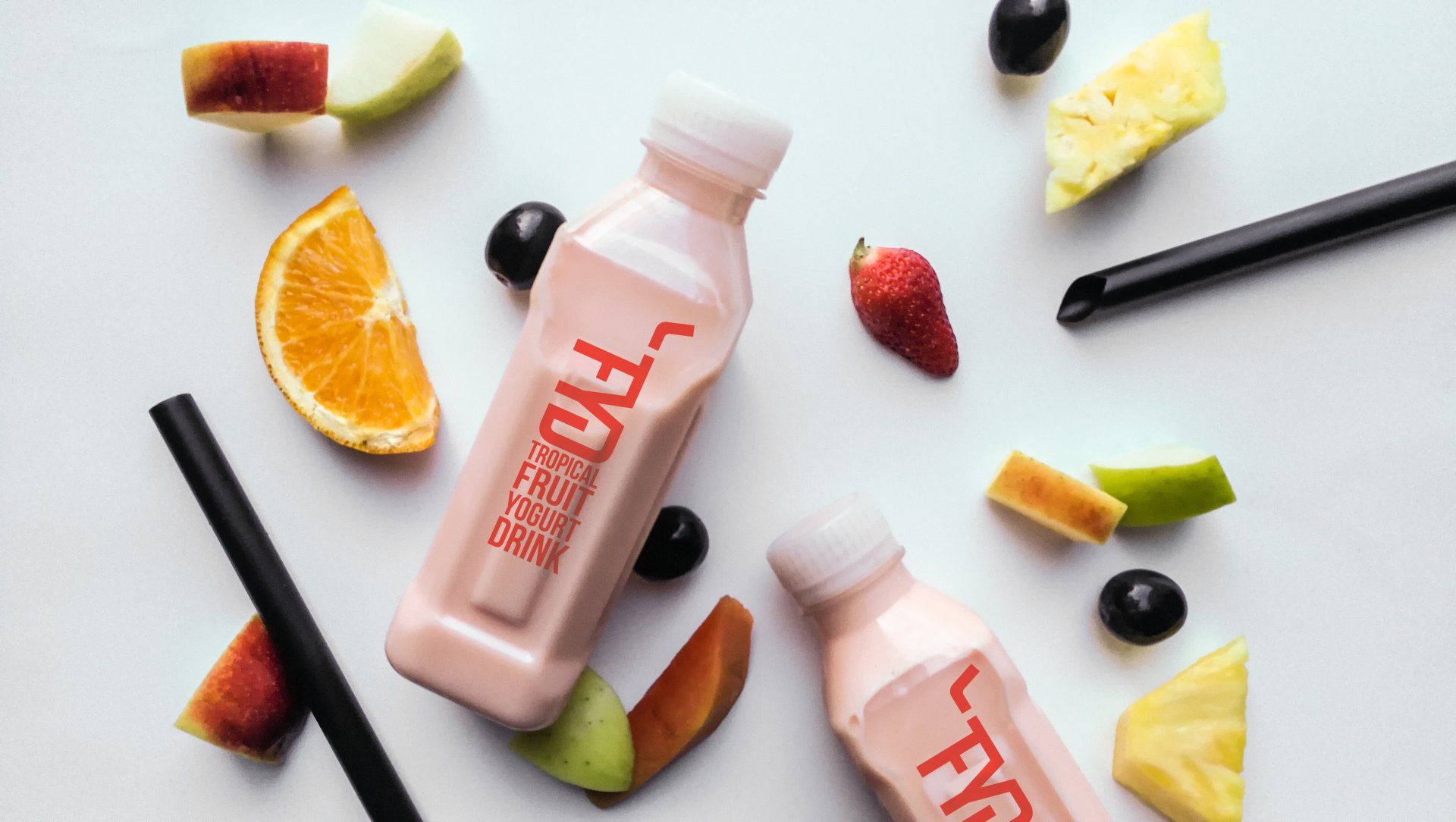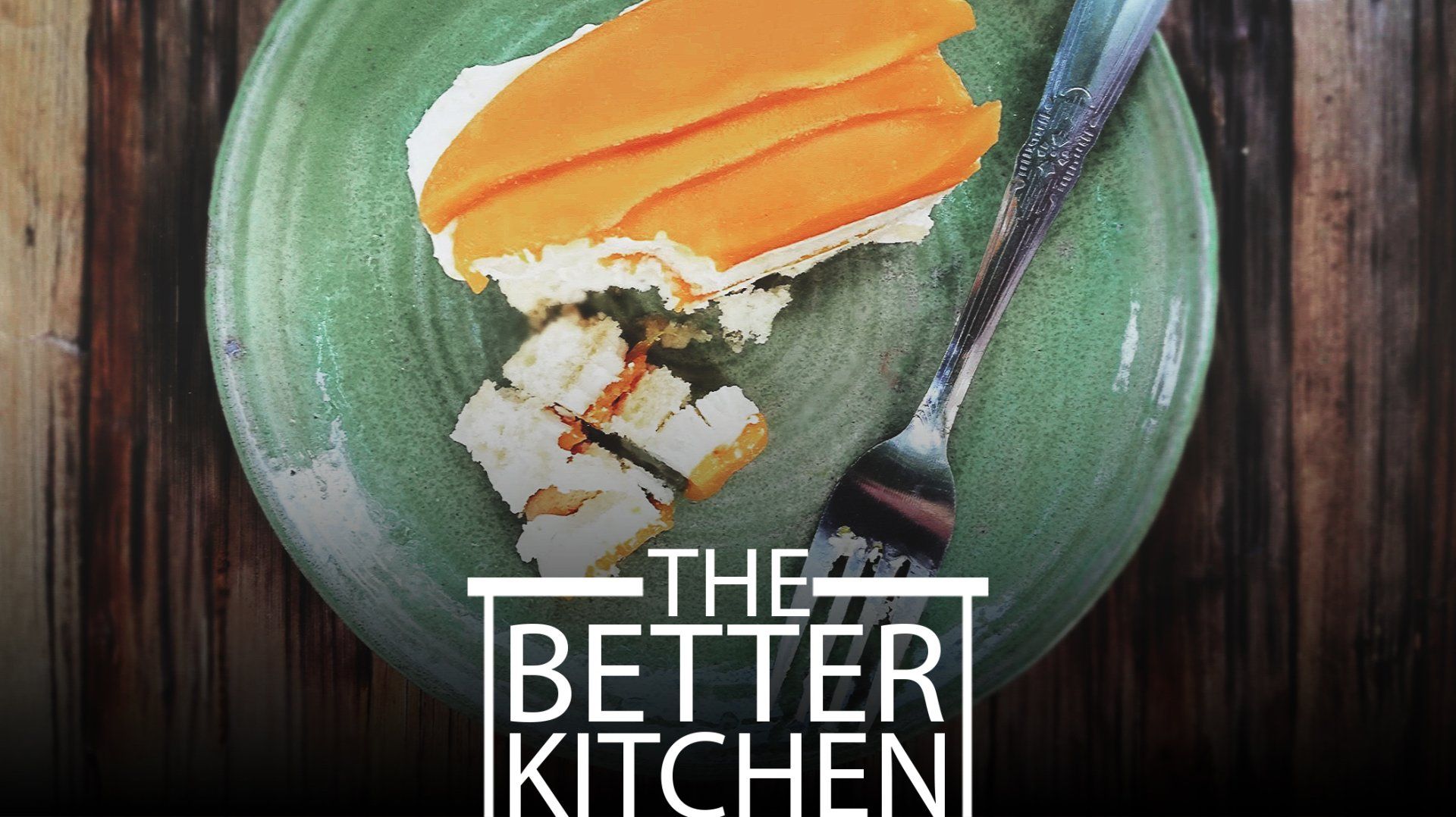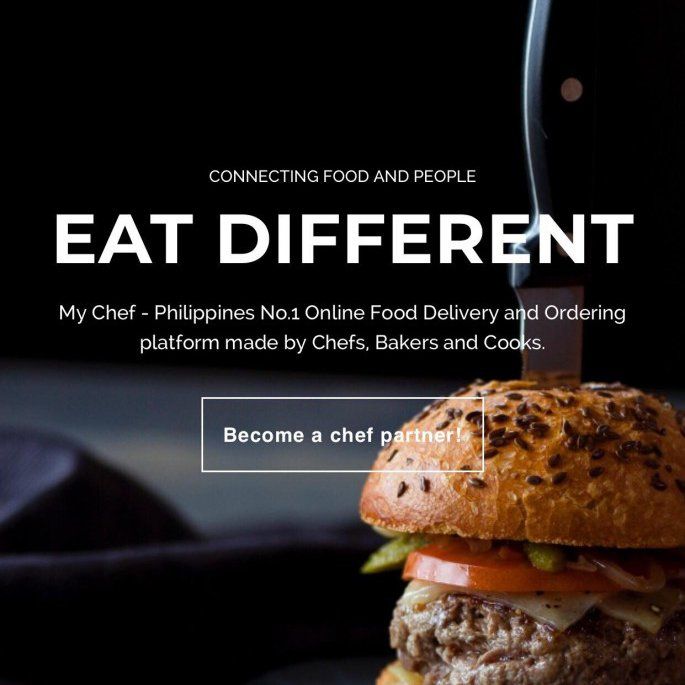Partner Spotlight: Take a Deep Dip Worth Daing For
- By MyChef Philippines
- •
- 18 Feb, 2019
- •

For centuries under the island sun, tradition has been crafting us a well-loved delicacy that even present-day generations continue to savor and crave. Across the Philippine archipelago—despite large masses of land and bodies of water separating the regions and creating thousands of distinct cultures—Filipinos have collectively preserved the process of creating this dish and turned it into art: Daing.
Today, one particular name is taking this art into many new levels above the sea. MyChef’s Resident Chef, Ice Arrojado, talks to Chef Arnold Bernardo, who sits at the helm of this delectably “fishy” business.
Today, one particular name is taking this art into many new levels above the sea. MyChef’s Resident Chef, Ice Arrojado, talks to Chef Arnold Bernardo, who sits at the helm of this delectably “fishy” business.
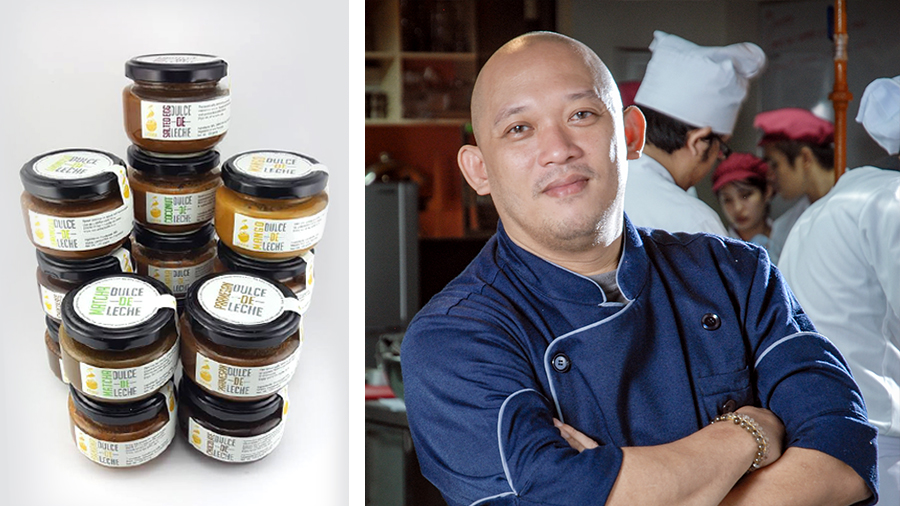
"Like I've said, this iconic favourite has been on the dining tables of our ancestors for centuries, and so the need to elevate this dish is in order."
IA:
Chef, the first time I encountered your label, Lick The Spoon, was through a jar of Dulce de Leche spread my mom gave me, and I’ve fallen in love with your sweet concoctions since. Right now, we’re sitting in front of several bottles of dried fish recipes—of Daing, to be specific. You seem to have taken a saltier turn; tell us about this.
AB: Preserving fish or seafood has always been a fascinating process for me. Smoking (Tinapa), Drying (Tuyo), and Fermenting (Buro/Bagoong) are intricate methods gifted to us by our forefathers. One type of preservation that has been around for a long, long time which, for me is the best (although less-acknowledged and underappreciated) way to store fish especially during the wet season, is the art of making Daing.
IA: How is the process of Daing-making different from the other methods? And when you say it's been around for a long, long time, how long ago are we talking about?
AB: I'm talking Spanish colonization eras, or maybe way before that. Stories of our people enjoying this dish even show up in Dr. Jose Rizal's novel, Noli Me Tangere.
"Pag-daing" is a traditional method of preserving fish or seafood by butterflying or splitting it in half right down the middle, cleaning or de-gutting it, salting it generously, and sun-drying it for up to 3 days. Like I've said, this iconic favourite has been on the dining tables of our ancestors for centuries, and so the need to elevate this dish is in order.
AB: Preserving fish or seafood has always been a fascinating process for me. Smoking (Tinapa), Drying (Tuyo), and Fermenting (Buro/Bagoong) are intricate methods gifted to us by our forefathers. One type of preservation that has been around for a long, long time which, for me is the best (although less-acknowledged and underappreciated) way to store fish especially during the wet season, is the art of making Daing.
IA: How is the process of Daing-making different from the other methods? And when you say it's been around for a long, long time, how long ago are we talking about?
AB: I'm talking Spanish colonization eras, or maybe way before that. Stories of our people enjoying this dish even show up in Dr. Jose Rizal's novel, Noli Me Tangere.
"Pag-daing" is a traditional method of preserving fish or seafood by butterflying or splitting it in half right down the middle, cleaning or de-gutting it, salting it generously, and sun-drying it for up to 3 days. Like I've said, this iconic favourite has been on the dining tables of our ancestors for centuries, and so the need to elevate this dish is in order.
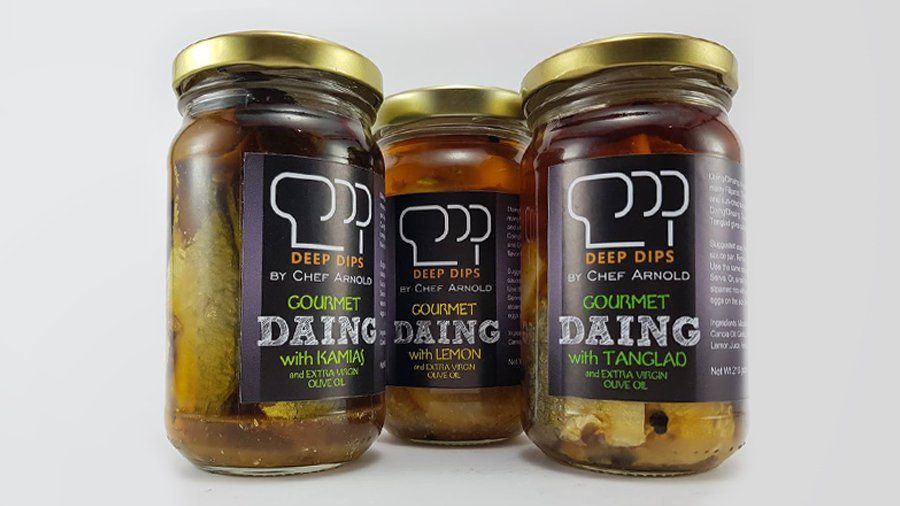
IA:
You sure know a lot about our culinary heritage! Okay, when we chefs talk about "elevating a dish", we mean improving the recipe, often with a couple of twists to the classical ingredients or steps, to create a more evolved version of it. But Chef, how do you elevate a seemingly simplistic and age-old dish such as our Daing? I'm learning here.
AB: Nowadays, alongside the traditional methods of salt and sunlight, some improvements in the way we make our Daing have arisen, as in lamayo, and labtingaw. The former does away with marinating the fish in some vinegar, salt or patis (fish sauce), ground black pepper, crushed garlic, and other spices overnight, or at least 8 hours. The latter lets you salt and dry the fish under the sun for a much shorter period before storing it in the firdge. The shorter drying time leaves more meat in the fish, and therefore makes a more tender version of Daing. In my kitchen, we add a few herbs and spices, tomatoes, olives, and other curious ingredients to make the Daing we know, a new kind of Daing we'll love.
IA: I'm really learning (and daydreaming of my next lunch). I'm sure that everyone who has been to the market knows that the daing is a staple find, but the form we are all familiar with is the sun-dried bangus one. Your recipes are kept in bottles, with the fish submerged in oil. I'm "daing" to know what your idea is.
AB: We call it "Deep Dips" by yours truly! These are actually the same product with three variants: Gourmet Daing with Lemon, Gourmet Daing with Tanglad (lemongrass), and Gourmet Daing with Kamias (Bilimbi fruit). This "bottled daing" is a welcome and unique addition to the options offered to consumers in an overcrowded Tuyo and Sardines market.
AB: Nowadays, alongside the traditional methods of salt and sunlight, some improvements in the way we make our Daing have arisen, as in lamayo, and labtingaw. The former does away with marinating the fish in some vinegar, salt or patis (fish sauce), ground black pepper, crushed garlic, and other spices overnight, or at least 8 hours. The latter lets you salt and dry the fish under the sun for a much shorter period before storing it in the firdge. The shorter drying time leaves more meat in the fish, and therefore makes a more tender version of Daing. In my kitchen, we add a few herbs and spices, tomatoes, olives, and other curious ingredients to make the Daing we know, a new kind of Daing we'll love.
IA: I'm really learning (and daydreaming of my next lunch). I'm sure that everyone who has been to the market knows that the daing is a staple find, but the form we are all familiar with is the sun-dried bangus one. Your recipes are kept in bottles, with the fish submerged in oil. I'm "daing" to know what your idea is.
AB: We call it "Deep Dips" by yours truly! These are actually the same product with three variants: Gourmet Daing with Lemon, Gourmet Daing with Tanglad (lemongrass), and Gourmet Daing with Kamias (Bilimbi fruit). This "bottled daing" is a welcome and unique addition to the options offered to consumers in an overcrowded Tuyo and Sardines market.
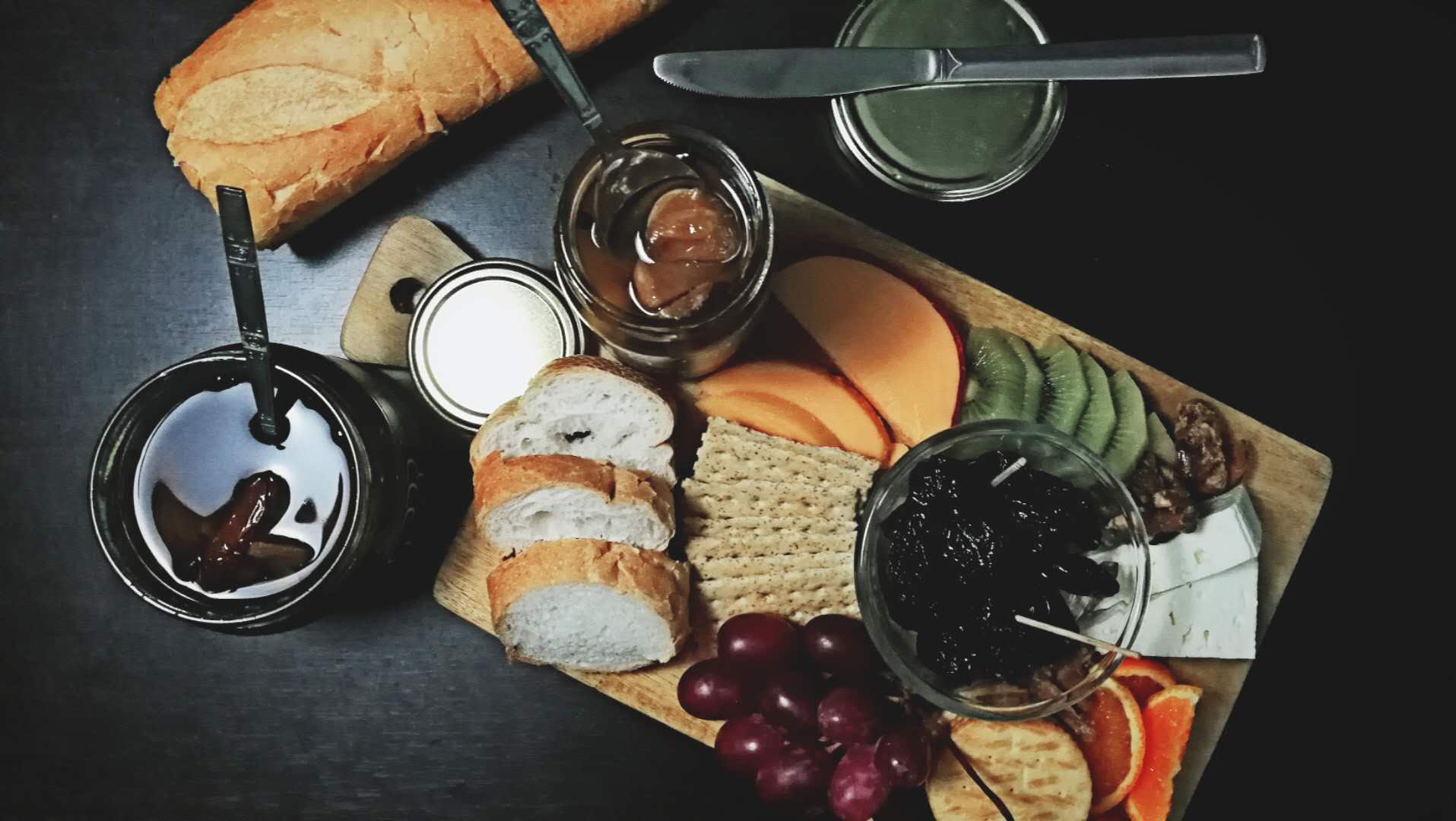
IA:
Other than Sinigang or Binakol, I haven't encountered another dish with kamias, so that's intriguing. I am a fan of lemongrass, however, and we're good pals with lemons, of course. Why these combinations, Chef Arnold?
AB: When you think of kamias, you immediately imagine the sour fruit dipped in salt, eaten during summer. The tangy taste from sun-dried kamias, paired with the salted daing na galunggong delivers a good punch. We cook this with extra-virgin olive oil, canola oil, and other spices to let the unique combination of flavours stick out—you rarely see kamias in a bottled fish product.
IA: Or in any packaged product for that matter! Now, my new favourite, the Gourmet Daing with Tanglad. I'm going to help myself on this cheese board, if you guys don't mind.
AB: This one excited our taste buds. Tanglad or lemongrass is an aromatic tall grass that is widely used in Southeast Asian cuisine. The unique, subtle, citrusy flavour complements the saltiness of the daing, and gives a clean taste without overpowering the flavor of the fish. The natural oils from the lemongrass are also incorporated in the olive oil.
IA: I can feel that, Chef! You'd think the daing would feel heavy with the oil, but this is so light to the taste. And the lemon one? Now, in the kitchen, especially in western cuisine, we commonly use lemon with fish and seafood, but you've done it with daing—dried, and bottled.
AB: That's true. It is the fragrant aroma of the rind, and the sour juice that makes any seafood dish stand out. Adding lemon enhances the taste by binding all the flavors of the ingredients together. Additionally, with the spices we use and the process we apply, the lemon slices obtain a candy-like taste.
AB: When you think of kamias, you immediately imagine the sour fruit dipped in salt, eaten during summer. The tangy taste from sun-dried kamias, paired with the salted daing na galunggong delivers a good punch. We cook this with extra-virgin olive oil, canola oil, and other spices to let the unique combination of flavours stick out—you rarely see kamias in a bottled fish product.
IA: Or in any packaged product for that matter! Now, my new favourite, the Gourmet Daing with Tanglad. I'm going to help myself on this cheese board, if you guys don't mind.
AB: This one excited our taste buds. Tanglad or lemongrass is an aromatic tall grass that is widely used in Southeast Asian cuisine. The unique, subtle, citrusy flavour complements the saltiness of the daing, and gives a clean taste without overpowering the flavor of the fish. The natural oils from the lemongrass are also incorporated in the olive oil.
IA: I can feel that, Chef! You'd think the daing would feel heavy with the oil, but this is so light to the taste. And the lemon one? Now, in the kitchen, especially in western cuisine, we commonly use lemon with fish and seafood, but you've done it with daing—dried, and bottled.
AB: That's true. It is the fragrant aroma of the rind, and the sour juice that makes any seafood dish stand out. Adding lemon enhances the taste by binding all the flavors of the ingredients together. Additionally, with the spices we use and the process we apply, the lemon slices obtain a candy-like taste.

IA:
While I'm taking a "Deep Dip" with my crackers and cheese here, I can't help but agree that you've really taken the experience of eating Daing to a whole new level. I never imagined dried fish in a gourmet setup; this is insanely good! What else can you do with these bottles?
AB: Well, I've made Daing Pasta with these. You can put some in a blender and turn it into a pâté to spread over canapes—perfect for your wine parties. Ipalaman mo sa pan de sal. The possibilities are endless!
AB: Well, I've made Daing Pasta with these. You can put some in a blender and turn it into a pâté to spread over canapes—perfect for your wine parties. Ipalaman mo sa pan de sal. The possibilities are endless!
"Deep Dips by Chef Arnold Bernardo"
is available via Shopinas, Puregold Lifestyle Supermarket, Rustan's Department Store Filipiniana Section, Merkado UP, Merkado Vertis North, and soon, on MyChef.ph
Recent Posts

